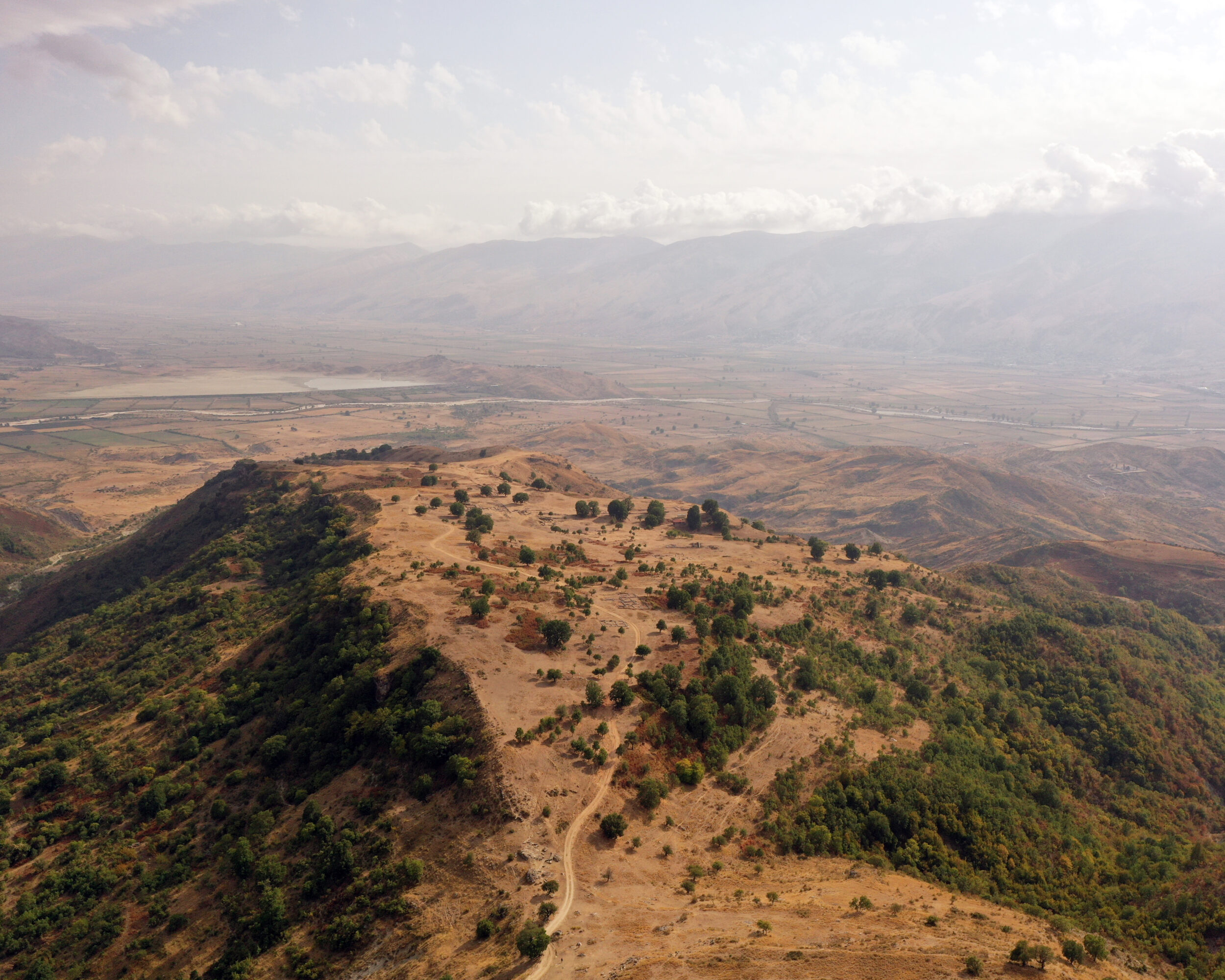Tucked away on the wild Karaburun Peninsula, Grama Bay has officially earned a spot among Europe’s elite shorelines — ranked #12 on Time Out’s 2025 list of the continent’s 50 best beaches. With its turquoise waters, soaring limestone cliffs, and total seclusion from modern development, it’s no wonder this Albanian paradise has captured the attention of global travel experts. But beyond its beauty, Grama Bay tells a story — one carved in stone, whispered by waves, and now waiting to be discovered by curious travelers.
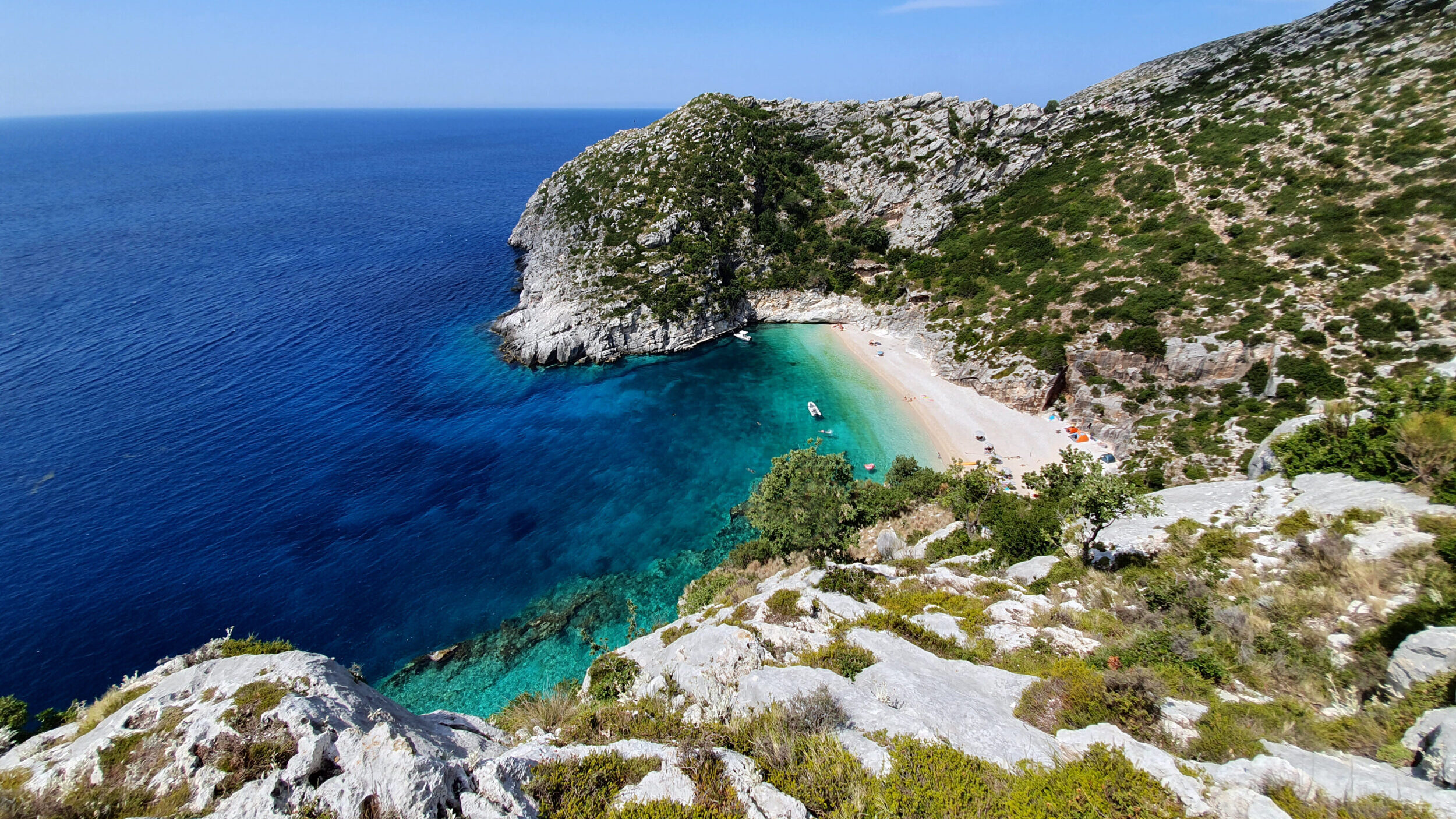
A paradise carved by nature
Unlike more commercial beaches along the Albanian Riviera, Grama Bay remains untouched and raw. Its shimmering turquoise waters are framed by steep limestone cliffs that seem to fall straight from the sky into the sea. The bay’s crescent-shaped shoreline and secluded setting give it an otherworldly feel — like you’ve stumbled upon a secret that time forgot. It’s not just about sunbathing here; it’s about feeling the pulse of nature in its purest form, where the only sounds are the lapping waves and the occasional call of seabirds overhead.
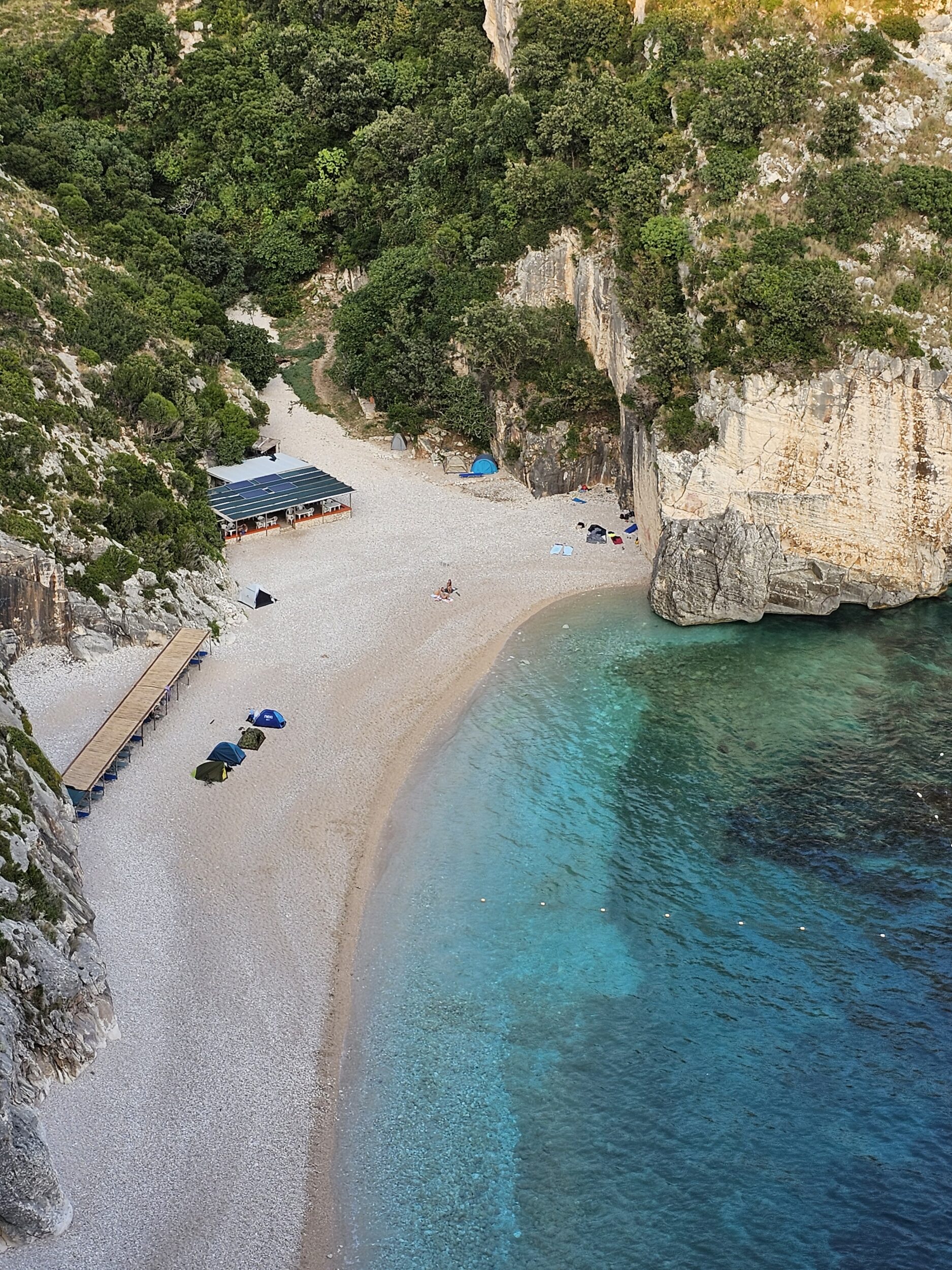
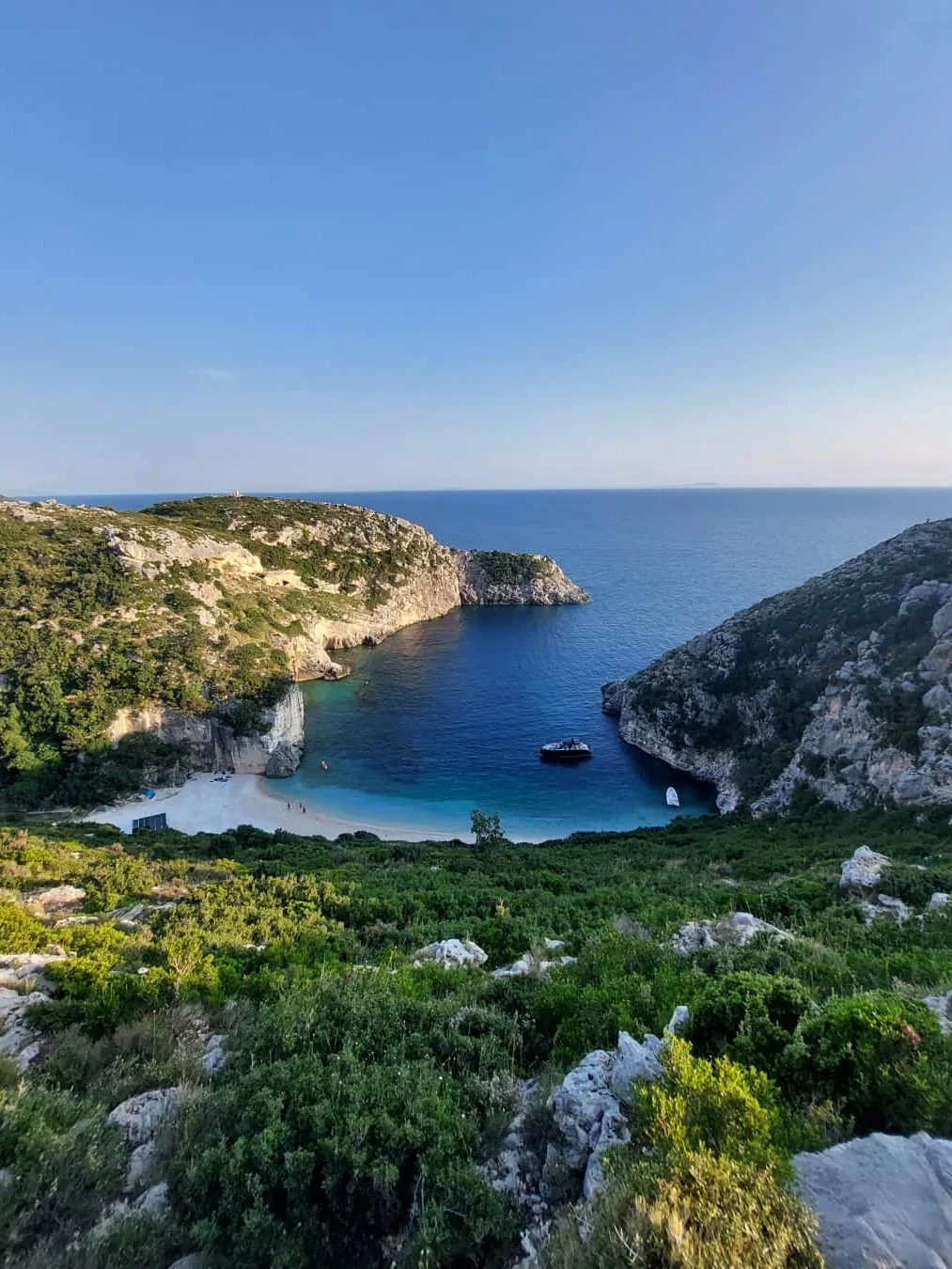
Stone letters from the past
Grama Bay doesn’t just offer natural beauty — it holds a dialogue with antiquity. The name “Grama” comes from the Greek word gramma, meaning “letter,” and for good reason: over 1,500 inscriptions are carved into its cliff faces, dating from the 3rd century BC to the 16th century AD. Sailors, merchants, Roman soldiers, and even emperors left their marks here. These inscriptions — in Greek, Latin, Medieval Greek, Ottoman, and more — include dedications to gods like the Dioscuri and names such as Pompey, Sulla, and even Byzantine Emperor John V Palaiologos. It’s a rare open-air archive, where the rocks themselves tell stories of survival, reverence, and human passage.
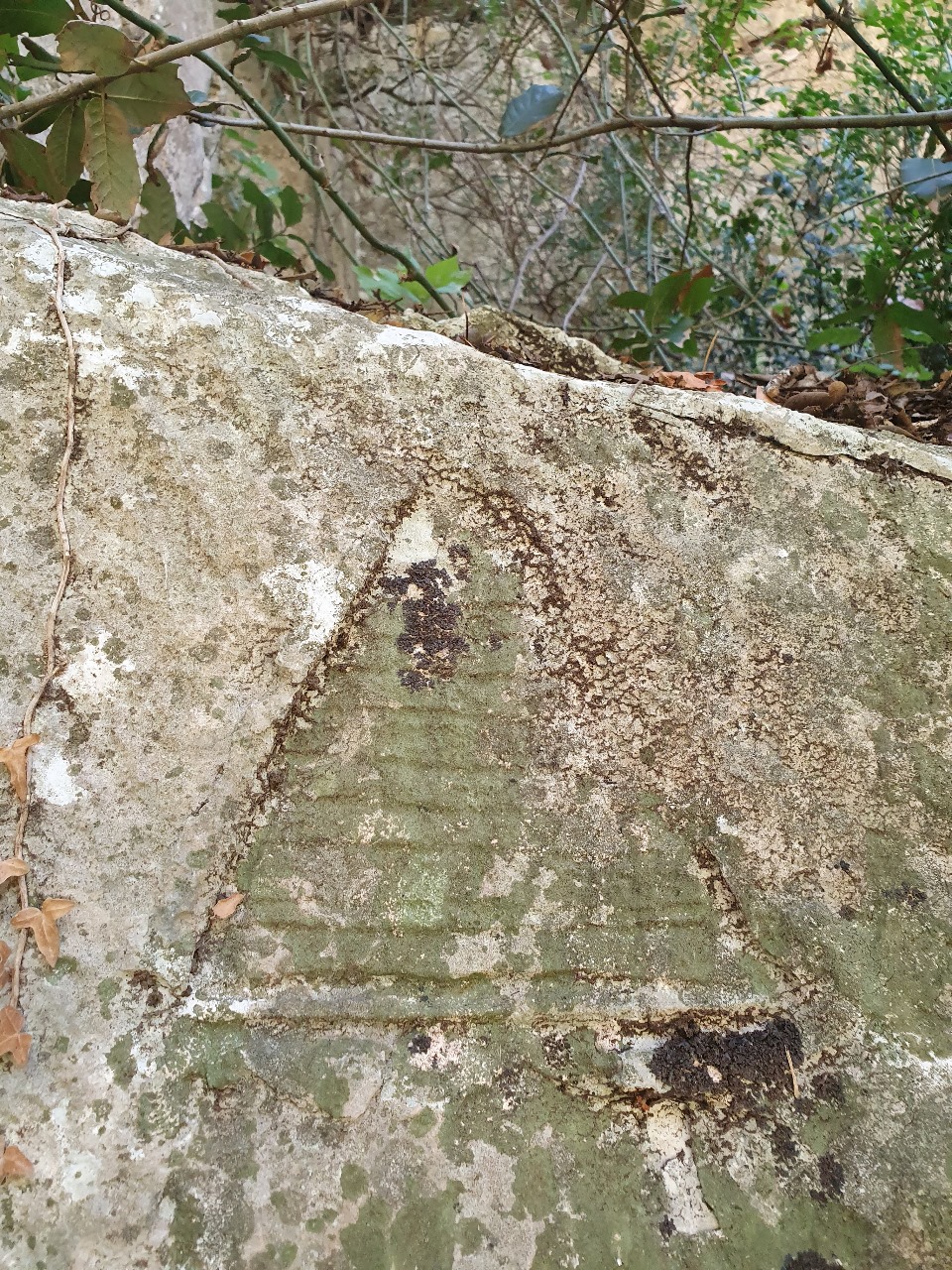
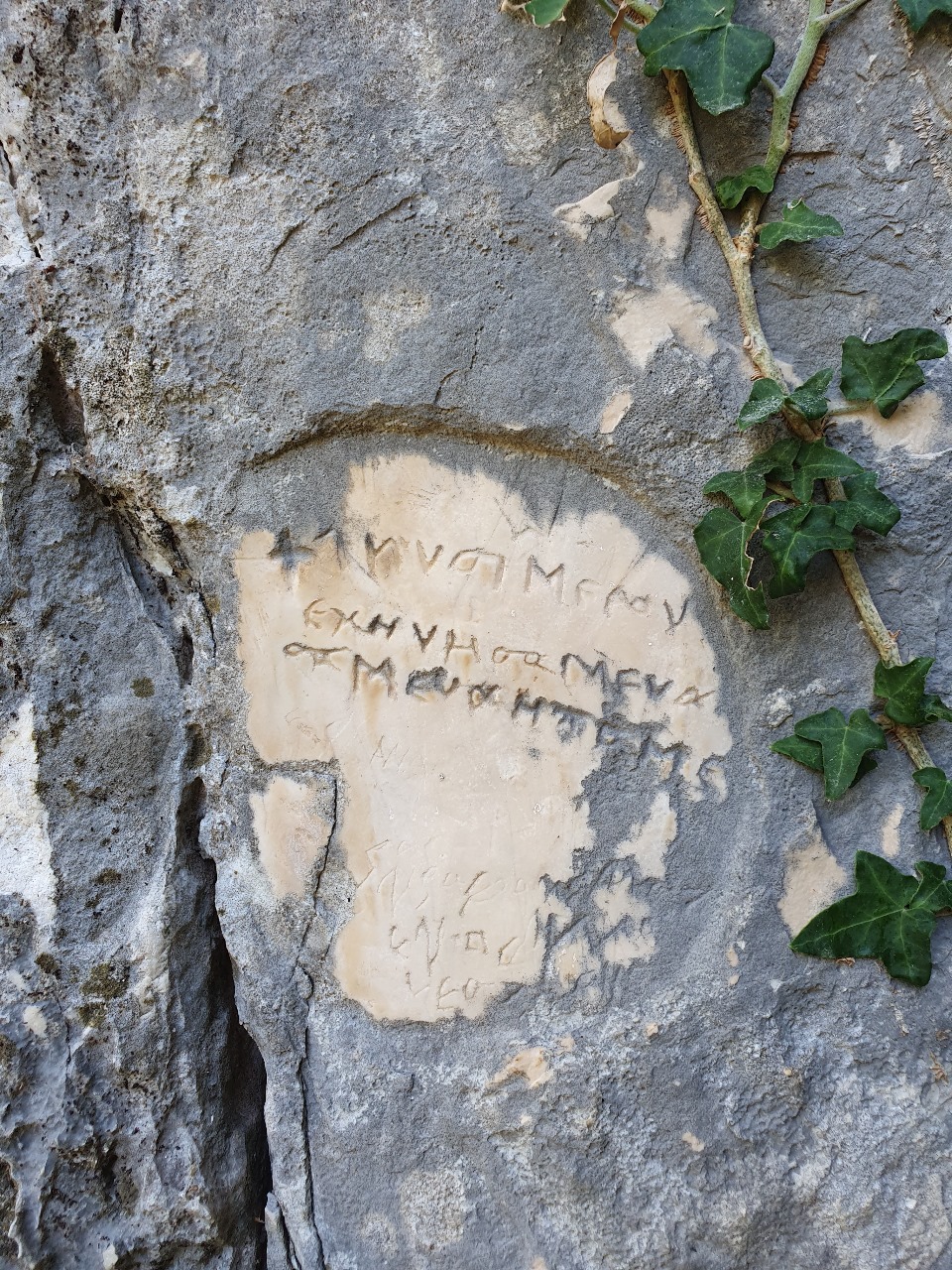
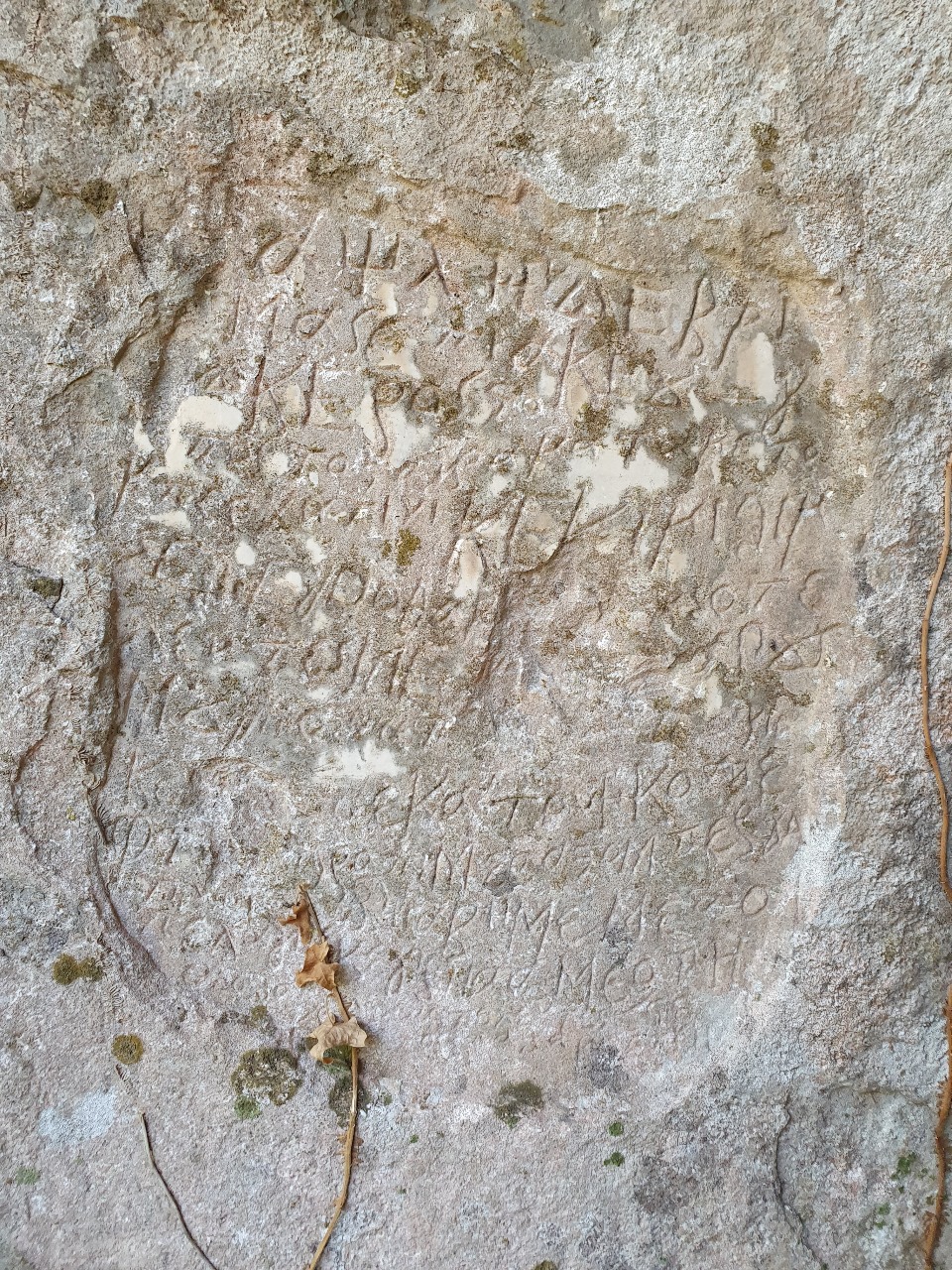
From secret missions to national treasure
Grama Bay’s significance didn’t fade with the ancient world. During World War II, the British Special Operations Executive (SOE) used the bay for covert landings and supply drops — a testament to its secluded and strategic nature. Today, the bay is part of the Karaburun-Sazan Marine National Park, a protected area known for its rich biodiversity and untouched landscapes. This status ensures that Grama Bay remains a safe haven not only for history and nature, but also for those travelers seeking a more meaningful connection with the places they visit.
Getting There: The Journey is Part of the Magic
Reaching Grama Bay is an adventure in itself — one that rewards every step or wave. The most popular way is by boat tour from Himarë or Dhërmi, often part of full-day excursions. These trips usually include time to swim, relax, and enjoy light refreshments.
For the more adventurous, there’s the hiking route: starting from Palasë, trek around 8 km to St. Andreas Bay, then continue 5 km more to Grama Bay. It’s moderately challenging but offers stunning views and complete immersion in nature. Or, combine the two — drive to Palasë or Dhërmi, and go the rest of the way by boat or foot. However you choose, getting there is part of what makes Grama unforgettable.
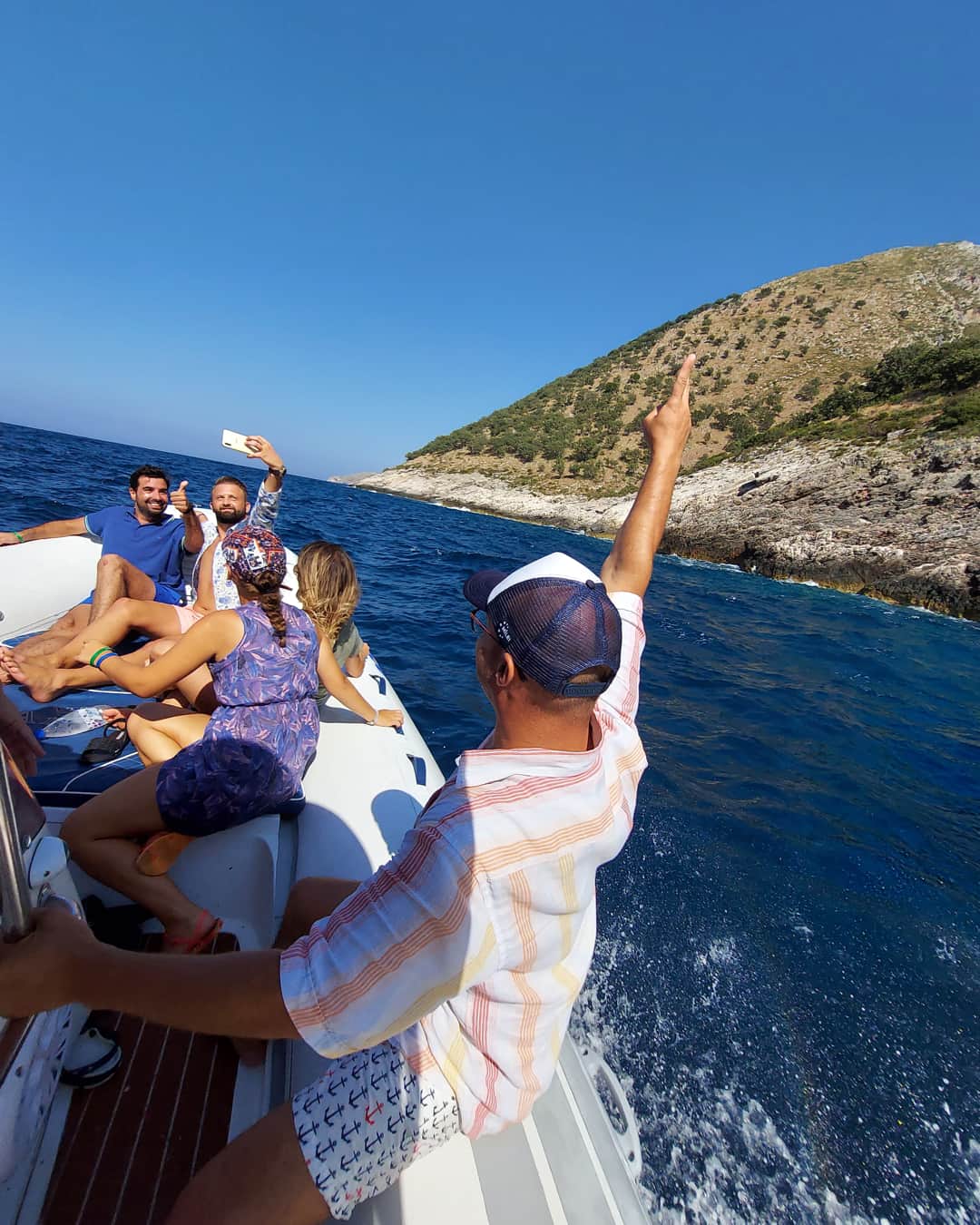

What to Experience at Grama Bay
Once you arrive, Grama Bay invites you to slow down and truly absorb its atmosphere. The crystal-clear Ionian waters are perfect for swimming and snorkeling, with underwater life thriving along the rocky coastline. Wander along the beach and you’ll stumble upon ancient inscriptions, turning a simple walk into a journey through time.
Explore nearby hidden sea caves and untouched coves, or set up camp under the cliffs for a night under the stars — there are no formal facilities, just pure natural magic. If you’re lucky, a seasonal beach bar may be open, serving fresh fish, lamb dishes, and ice-cold beers right by the sea. It’s raw, rustic, and absolutely unforgettable.
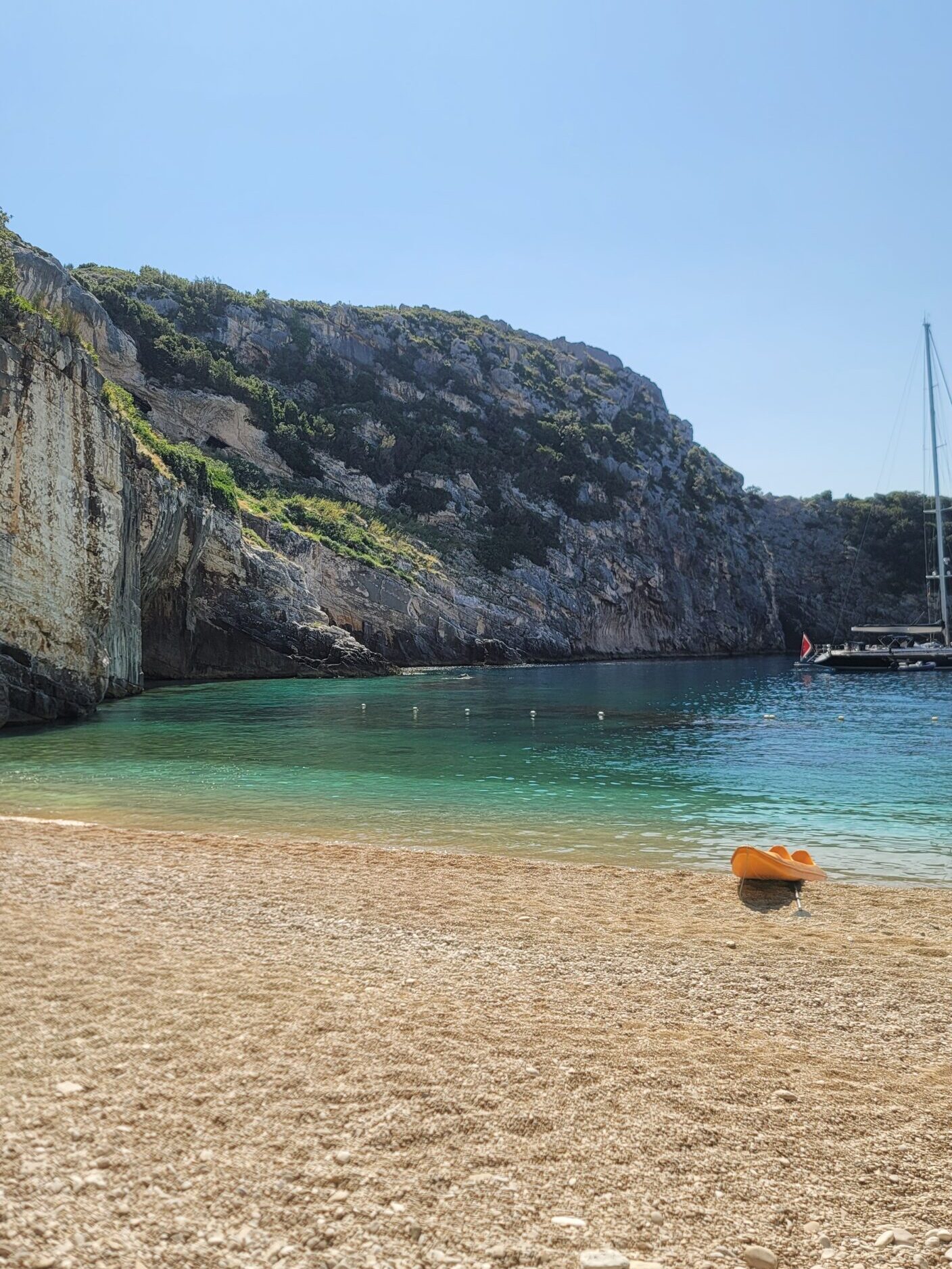


Personal Tips: Views Worth the Climb, Caves Worth the Curiosity
Having visited Grama Bay myself, I can confidently say — the magic doesn’t stop at the beach. For those who enjoy hiking, there are two hidden trails behind the beach that take about 20 minutes each, leading to hilltop viewpoints overlooking the bay. If you time it right, sunset from above is simply breathtaking — the golden light hitting the cliffs and turquoise waters creates a postcard-perfect moment.
If you have time during your journey, consider stopping at St. Andreas Bay, the Blue Cave, English Bay, or even Nexhaj Bay, which hides a lesser-known secret cave that’s well worth a visit. These spots are all part of the same untouched coastline that makes this part of Albania so special — raw, rugged, and rich with wonder.

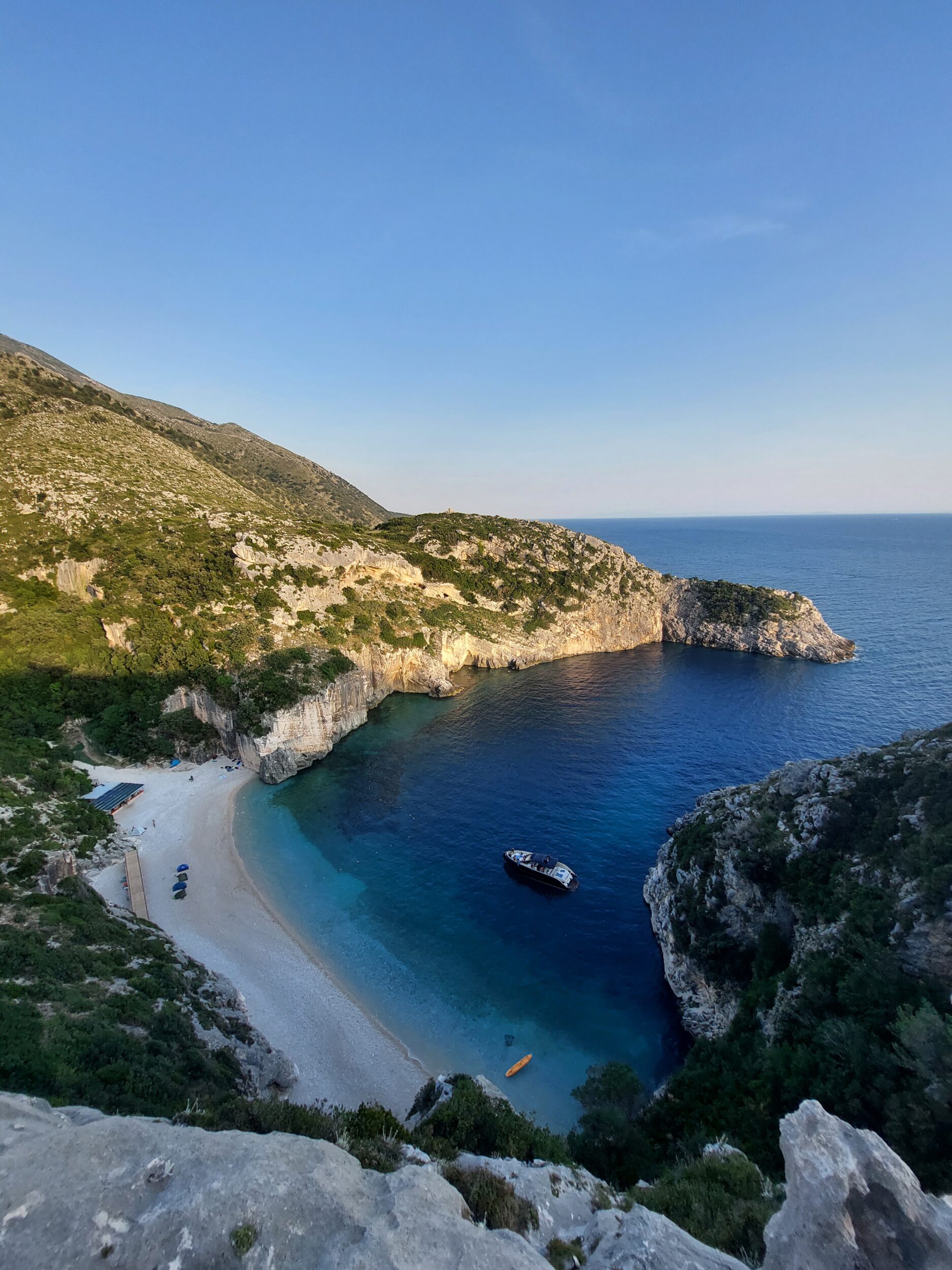


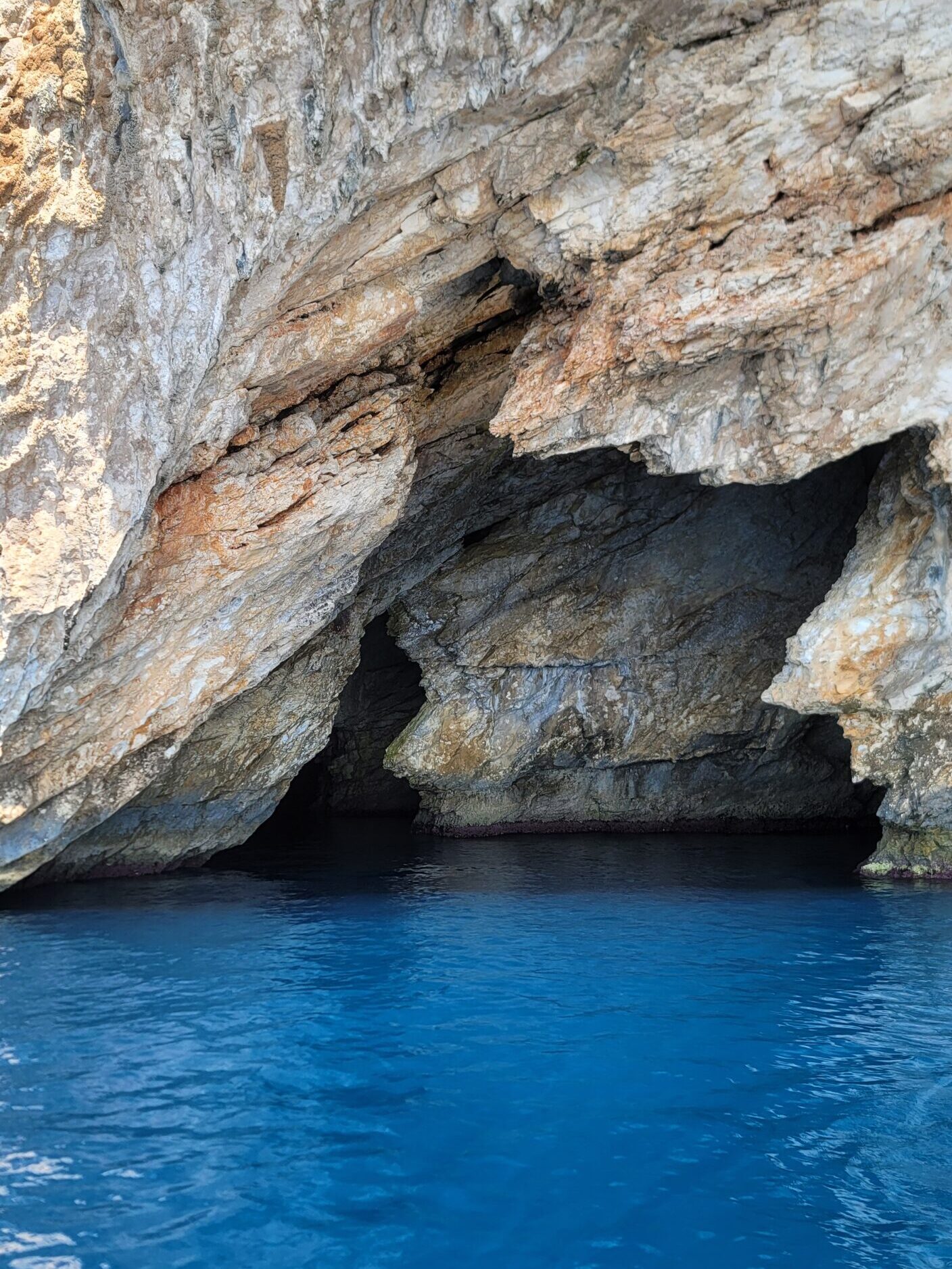
Practical Tips for Your Grama Bay Adventure
- Best Time to Visit: May to September is ideal, with warm waters and fewer crowds in June or early July.
- What to Bring: Sunscreen, plenty of water, snacks, sturdy shoes for hiking, and camping gear if you plan to stay overnight.
- Book in Advance: Boat tours fill up quickly during peak season — make sure to reserve your spot ahead of time.
- Check Conditions: The sea can be unpredictable — avoid windy days if traveling by boat.
- Be Respectful: Do not carve into the cliffs — the ancient inscriptions are irreplaceable. Let’s preserve the past for future travelers.
Whether you come for a day or decide to stay overnight, being prepared ensures a smooth, safe, and unforgettable experience.
Ready to Discover One of Europe’s Top Beaches?
Grama Bay isn’t just a destination — it’s a rare combination of nature, history, and soul-stirring beauty. From ancient carvings to hidden sea caves, from unforgettable sunsets to stories etched in stone, this hidden jewel of the Albanian Riviera deserves a spot on your 2025 travel list.
Want more inspiration for your coastal escape? Check out our full guide: Best Beaches in Vlore, Albania: The Ultimate Guide
And don’t forget to follow Love Albania for more hidden gems and expert travel tips!


